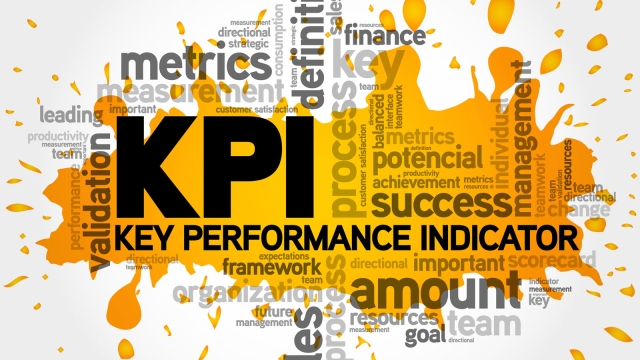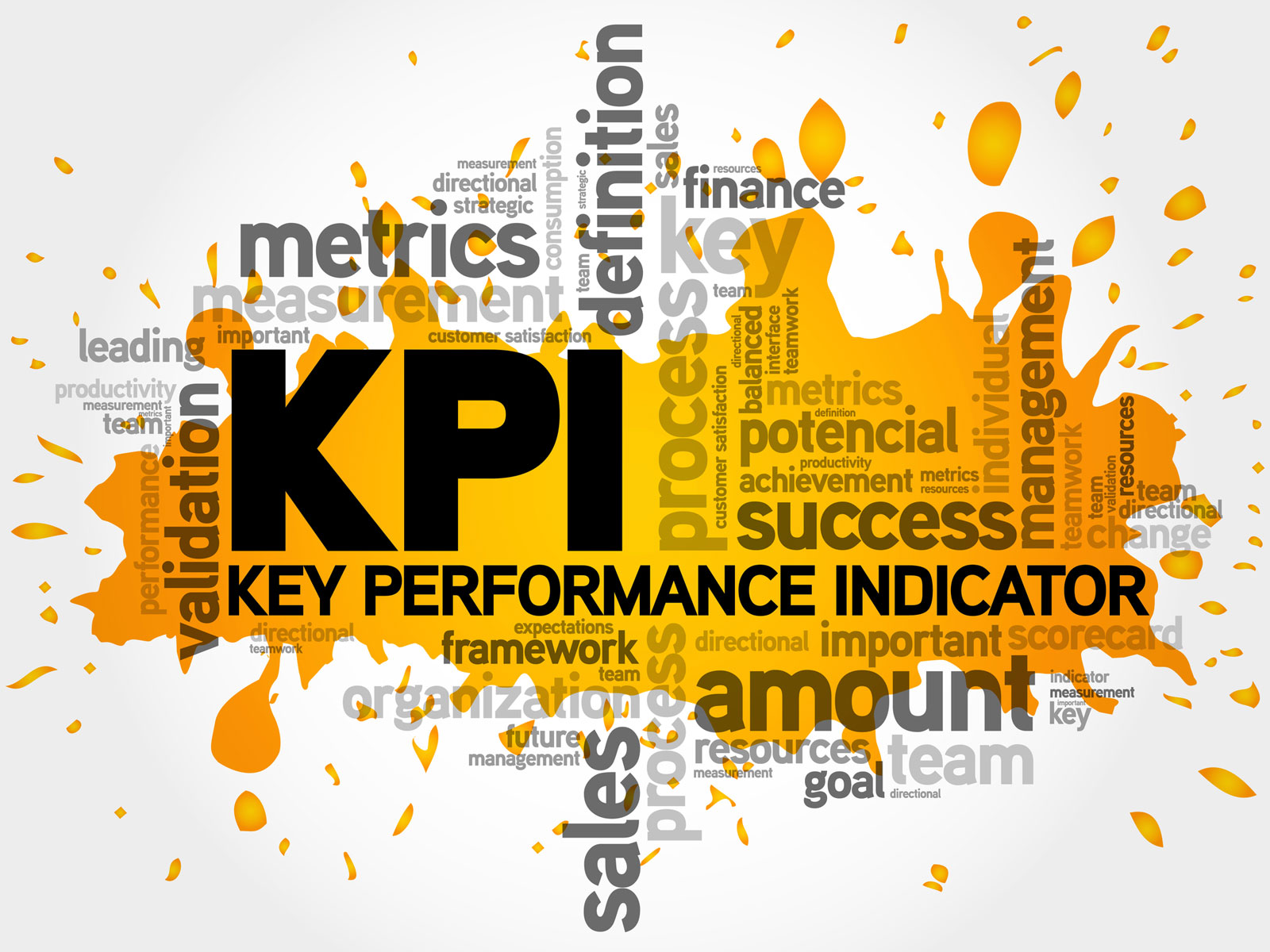
Unlocking Success: The Power of Key Performance Indicators

In today’s rapidly evolving business landscape, measuring success has become more crucial than ever. Organizations of all sizes are constantly seeking ways to track their performance and gain valuable insights into their operations. This is where Key Performance Indicators (KPIs) come into play. KPIs are quantifiable metrics that provide a clear picture of an organization’s progress towards its strategic goals.
By carefully selecting and tracking KPIs that align with specific objectives, businesses can effectively measure their performance, identify areas of improvement, and make informed decisions. Whether it’s monitoring customer satisfaction, sales revenue, employee productivity, or any other business aspect, KPIs act as compasses, guiding companies towards success.
The power of KPIs lies in their ability to provide tangible and measurable data, allowing organizations to assess their current standing and make necessary adjustments. By setting specific targets and benchmarks, companies can objectively evaluate their progress, determine the effectiveness of their strategies, and make data-driven decisions to drive growth and profitability.
In this article, we will delve deeper into the world of Key Performance Indicators, exploring their significance, various types, and best practices for implementation. We will examine how KPIs can be harnessed to unlock success, providing businesses with the tools they need to thrive in an ever-competitive marketplace. So let’s embark on this journey of understanding and harnessing the power of Key Performance Indicators.
Understanding Key Performance Indicators
Key Performance Indicators, commonly known as KPIs, play a crucial role in measuring the progress and success of organizations. By providing valuable insights into various aspects of performance, KPIs enable businesses to make informed decisions and drive continuous improvement.
KPIs are specific metrics that reflect the performance of critical areas within an organization. They vary depending on the industry, department, and objectives of a company. These indicators act as a compass, guiding organizations towards their desired outcomes.
When properly defined and monitored, KPIs can offer valuable information about the efficiency, effectiveness, and overall performance of an organization. They provide a means of evaluating progress towards strategic goals and objectives, giving managers a clear understanding of whether their efforts are aligned with desired outcomes.
In essence, KPIs act as the heartbeat of an organization, providing real-time feedback on performance and enabling proactive decision-making. By regularly tracking and analyzing these indicators, businesses can identify areas for improvement, drive operational excellence, and ultimately unlock success.
Section 2: The Importance of Key Performance Indicators
(Note: This section will be provided as a separate answer to follow the instructions strictly.)
Benefits of Key Performance Indicators
Key Performance Indicators (KPIs) play a vital role in helping organizations measure their progress towards achieving specific goals and objectives. By providing valuable insights into performance levels, KPIs enable businesses to make informed decisions and drive improvements. Here are some key benefits of utilizing Key Performance Indicators:
Key Performance Indicators
Enhanced Decision-Making: KPIs provide organizations with the necessary data and metrics to assess their performance accurately. This empowers decision-makers to identify areas that are performing well and areas that need improvement. With this information, businesses can make data-driven decisions, resulting in enhanced operational efficiency and overall success.
Goal Alignment: KPIs act as a compass to align individual and team efforts with organizational objectives. By setting measurable KPIs, businesses can ensure that everyone is working towards a common goal. This clarity aids in keeping employees motivated and focused, fostering a culture of collaboration and driving the entire organization towards success.
Performance Tracking: KPIs enable businesses to track progress over time, allowing them to identify trends, patterns, and areas of concern. Regularly monitoring KPIs helps organizations understand their performance in real-time and take proactive measures to address any issues that may arise. This proactive approach to performance tracking improves efficiency, productivity, and overall business outcomes.
In summary, Key Performance Indicators offer immense benefits to organizations across industries. From aiding decision-making to aligning goals and tracking performance, implementing KPIs provides organizations with the necessary tools to drive success. By leveraging the power of KPIs, businesses can make informed decisions, increase productivity, and ultimately achieve their desired outcomes.
Implementing Key Performance Indicators
To effectively implement Key Performance Indicators (KPIs), a structured approach is essential. By following these steps, organizations can harness the power of KPIs to drive success.
Identifying Relevant KPIs: The first step is to identify the KPIs that align with the organization’s goals and objectives. This involves a careful analysis of what metrics will best indicate progress and success. By involving key stakeholders, such as department heads and managers, in this process, a comprehensive set of KPIs can be determined.
Setting Clear Targets: Once the KPIs have been identified, it is crucial to set clear and realistic targets for each indicator. These targets should be specific, measurable, achievable, relevant, and time-bound (SMART). Clear targets provide a benchmark against which performance can be measured and progress can be tracked.
Establishing Monitoring and Reporting Mechanisms: To ensure the effectiveness of KPIs, organizations need to establish monitoring and reporting mechanisms. This involves regularly collecting data on the identified KPIs and analyzing it to gain insights into performance. By using tools such as dashboards and analytics software, organizations can track progress and identify areas that require attention or improvement.
By following these steps, organizations can effectively implement Key Performance Indicators and use them as a powerful tool to drive success and monitor progress towards their goals.

